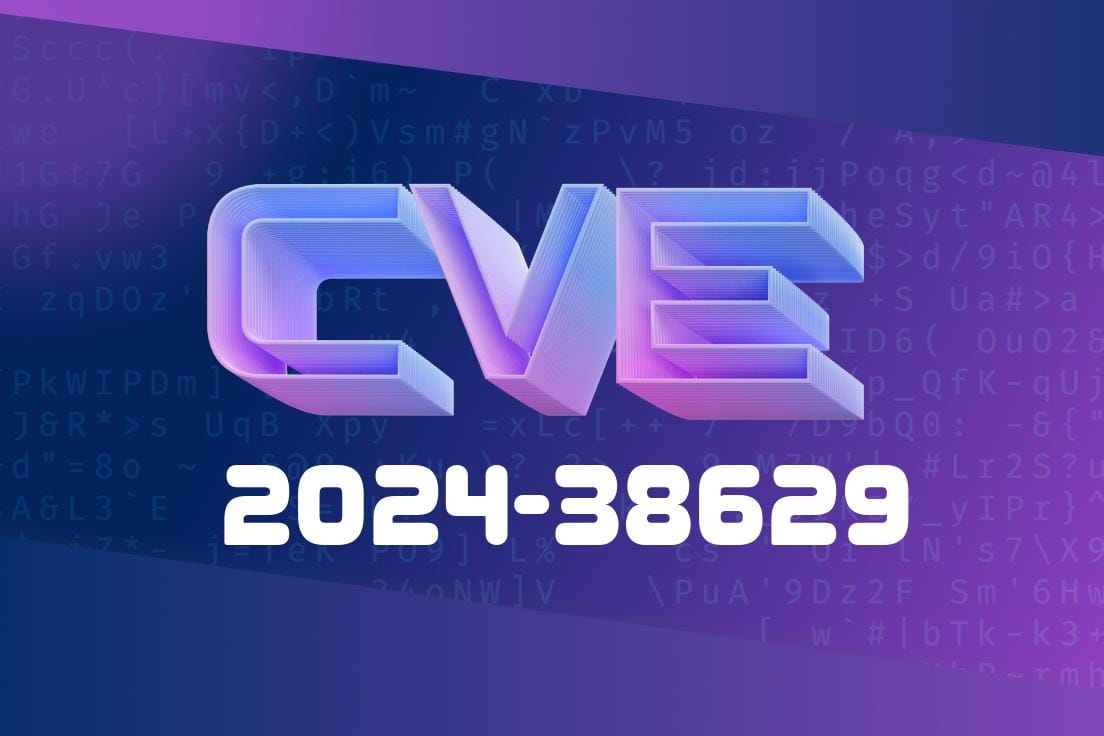Linux, the world's most popular operating system kernel, is famous for its stability. But sometimes, even the best code can ship with subtle bugs. In this post, we'll take an exclusive, simple look at CVE-2024-38629 — a recently-resolved security vulnerability related to the Intel Data Streaming Accelerator (IDXD) in Linux. You'll see what the bug was, how it could be exploited, and how it was fixed, all with code examples and plain English explanations.
What is CVE-2024-38629?
CVE-2024-38629 is a newly registered identifier for a vulnerability found in the Linux kernel's dmaengine: idxd driver, the part that manages certain Intel hardware accelerators (like DSA and IAX). The vulnerability stemmed from how the code managed *identifiers* (IDs) given to opened device files via the file_ida structure.
In short:
It was being destroyed too early in certain code paths.
- That early destruction made it possible to access freed memory—a classic mistake that could crash the kernel (kernel panic).
Let's break it down
- When you open a device file (like /dev/idxd/wq), the driver allocates an ID from a pool called file_ida.
When you close the file, the ID should be returned to this pool via ida_free().
- Separately, if the device gets removed (like from driver cleanup), there was code that called ida_destroy(&file_ida), which completely destroys the entire pool.
The problem: The device could get removed *before* files were finished closing. If this happened, ida_destroy() destroyed file_ida while some files were still open. Later, when they closed, ida_free() tried to return an ID to an already destroyed pool—leading to unpredictable bugs, crashing the system.
Dangerous code (before the fix)
// Remove function for the device control block
static void idxd_cdev_remove(struct idxd_wq *wq)
{
// ...
ida_destroy(&wq->file_ida); // Wipes the ID pool, could be too early!
// ...
}
Meanwhile, file close operation
static int idxd_wq_chrdev_release(struct inode *inode, struct file *file)
{
struct idxd_wq_file_private *priv = file->private_data;
ida_free(&priv->wq->file_ida, priv->id); // OOPS! 'file_ida' might be destroyed
// ...
}
The maintainers realized two things
- The Linux kernel ensures files will only be *released* (closed) after the related operations are done.
- As long as ida_free() is called for each opened file, there's no need to ever destroy file_ida directly on device removal — once all files are closed, it's empty.
Fixed code snippet
static void idxd_cdev_remove(struct idxd_wq *wq)
{
// ...
// ida_destroy(&wq->file_ida); // This line is deleted!
// ...
}
Exploit Details
This bug is a classic "use after free": after freeing up resources, other code can still access (now invalid) memory. While the vulnerability doesn't allow directly injecting code or escalating privileges, it can allow a local user (with access to the device) to panic the kernel just by racing file operations against device removal.
Attack scenario
- Attacker opens a /dev/idxd/wqX file (gets an ID).
Result: kernel panic due to invalid memory access.
No special skills are necessary beyond normal file operations and permissions for the idxd device, so this is a realistic problem in cloud or enterprise setups using DSA/IAX hardware.
How to Protect Yourself
Solution:
- Upgrade your kernel after May 2024 to include the patch for CVE-2024-38629 (commit here).
Mitigations
- Prevent untrusted users from accessing /dev/idxd/* devices.
Linux kernel commit fix:
dmaengine: idxd: Avoid unnecessary destruction of file_ida
Linux security mailing list:
CVE page:
CVE-2024-38629 at cve.org *(pending full details)*
Conclusion
CVE-2024-38629 is a textbook example of how a small oversight in memory management can have serious impacts—even on mature systems like the Linux kernel. If you run systems with DMA hardware, update your kernel to stay safe. For enthusiasts, this bug is a reminder of why resource lifetime and synchronization matter, especially for kernel drivers.
For other kernel bug writeups and safety news, stay tuned!
*This post was compiled exclusively for you for easy understanding, with all technical jargon explained and references linked for further reading. Share if you found it useful!*
Timeline
Published on: 06/21/2024 11:15:11 UTC
Last modified on: 10/03/2025 14:53:37 UTC
